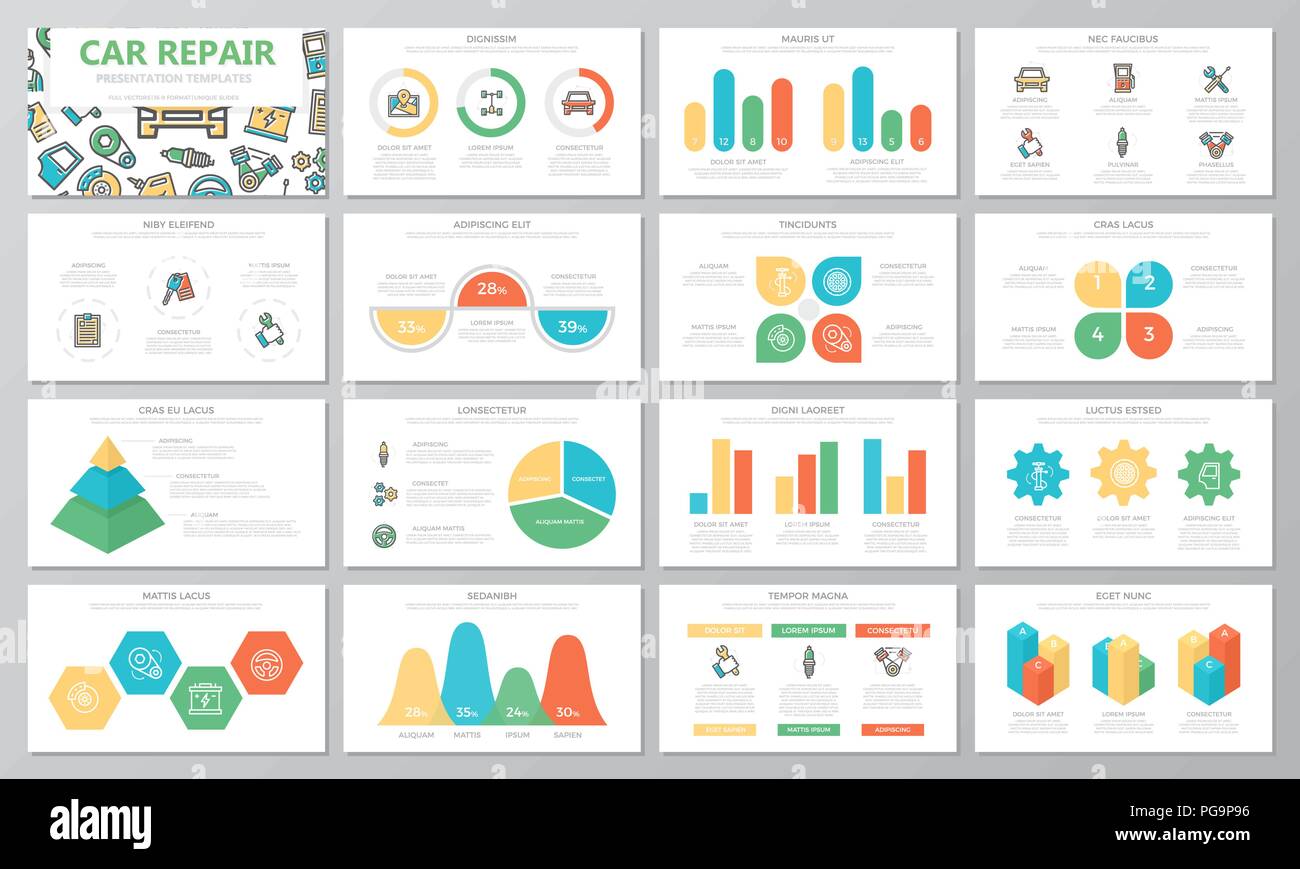Analyzing Your Automobile'S Warning Indicators: What They Actually Share
Analyzing Your Automobile'S Warning Indicators: What They Actually Share
Blog Article
Write-Up By-Boye Gilbert
When you lag the wheel, those glowing warning lights on your dashboard can be a little bit difficult. Do https://ricardodyrmg.blogdun.com/31803475/really-feeling-uncertain-concerning-which-automobile-repair-shop-to-select-find-out-valuable-pointers-from-experts-on-situating-trustworthy-solutions-in-your-area-that-will-help-you-feel-a-lot-more-positive recognize what they're trying to inform you regarding your cars and truck's health? Comprehending https://jaspernhbvp.wizzardsblog.com/31175717/discovering-local-gems-a-guide-to-exceptional-car-repair-service-shops-in-your-environments of these lights is crucial for your safety and security and the long life of your vehicle. So, the next time among those lights pops up, would not you want to analyze its message precisely and take the essential steps to address it?
Common Caution Lighting and Interpretations
Determine usual caution lights in your vehicle and recognize their significances to guarantee safe driving.
One of the most typical warning lights include the check engine light, which indicates problems with the engine or discharges system. If this light comes on, it's vital to have your lorry checked quickly.
The oil stress advising light suggests low oil stress, calling for prompt interest to avoid engine damage.
A flashing battery light could suggest a defective charging system, possibly leaving you stranded if not attended to.
The tire stress tracking system (TPMS) light notifies you to reduced tire pressure, influencing car security and fuel efficiency. Ignoring this could lead to harmful driving conditions.
The abdominal muscle light shows a problem with the anti-lock stopping system, jeopardizing your ability to stop rapidly in emergencies.
Finally, the coolant temperature level alerting light warns of engine overheating, which can lead to extreme damages if not solved quickly.
Recognizing these common caution lights will aid you deal with problems immediately and preserve risk-free driving problems.
Importance of Prompt Focus
Recognizing the usual caution lights in your cars and truck is only the first step; the value of without delay addressing these cautions can not be emphasized enough to guarantee your safety and security when traveling.
When a warning light illuminates on your dashboard, it's your automobile's means of communicating a prospective issue that needs attention. Disregarding these cautions can lead to a lot more extreme issues down the road, jeopardizing your safety and potentially costing you extra in repairs.
car groomers to alerting lights can avoid malfunctions and accidents. As an example, a blinking check engine light could show a misfire that, if left unattended, could cause damages to the catalytic converter. Addressing this without delay can save you from an expensive repair service.
Likewise, a brake system warning light might indicate low brake fluid or used brake pads, essential parts for your safety when driving.
Do It Yourself Troubleshooting Tips
If you notice a caution light on your dashboard, there are a couple of do it yourself fixing tips you can attempt prior to looking for expert aid.
The very first step is to consult your cars and truck's manual to recognize what the specific warning light shows. Occasionally the problem can be as straightforward as a loose gas cap setting off the check engine light. Tightening up the gas cap may settle the problem.
Another common concern is a low battery, which can cause numerous warning lights. Examining the battery connections for deterioration and guaranteeing they're safe may fix the problem.
If a caution light lingers, you can try resetting it by separating the cars and truck's battery for a couple of minutes and after that reconnecting it. Additionally, examining your car's fluid levels, such as oil, coolant, and brake fluid, can aid repair alerting lights associated with these systems.
Final thought
Finally, recognizing your cars and truck's caution lights is crucial for maintaining your automobile running efficiently and safely. By without delay attending to these alerts and understanding what they indicate, you can prevent expensive repair work and prospective break downs.
Bear in mind to consult your car's manual for particular information on each warning light and act as necessary to ensure a trouble-free driving experience.
Stay informed, stay secure when traveling!
